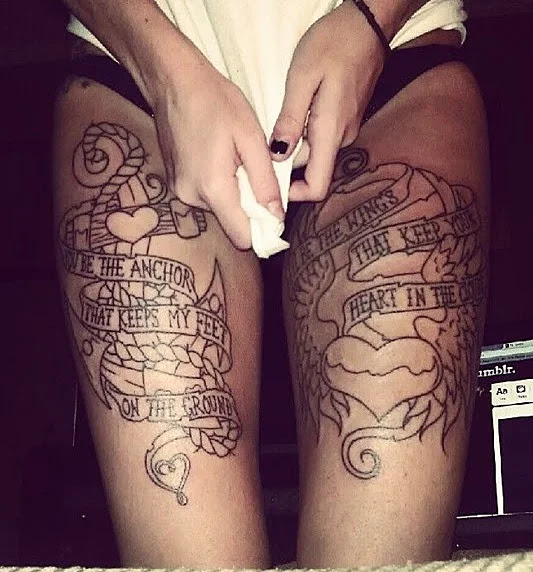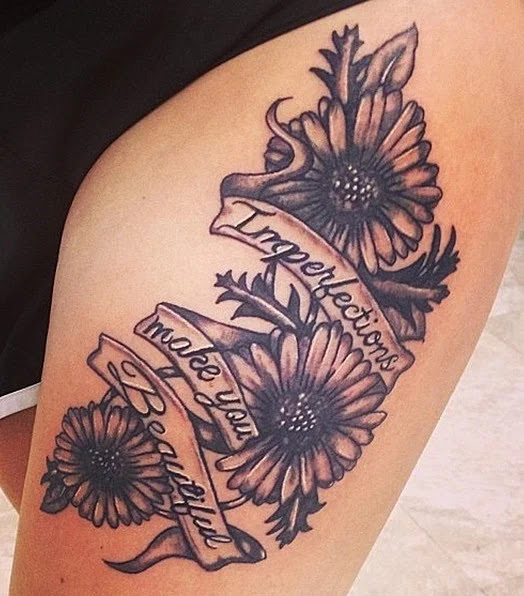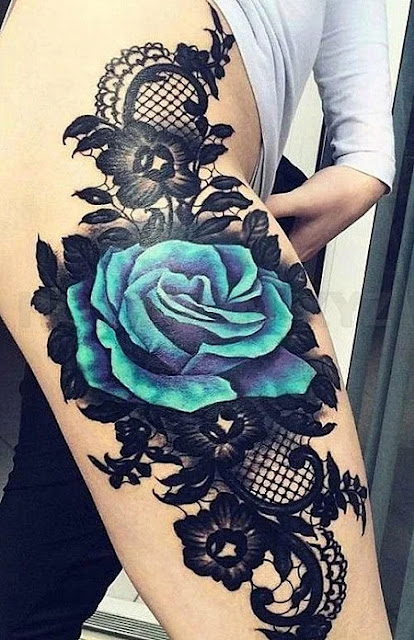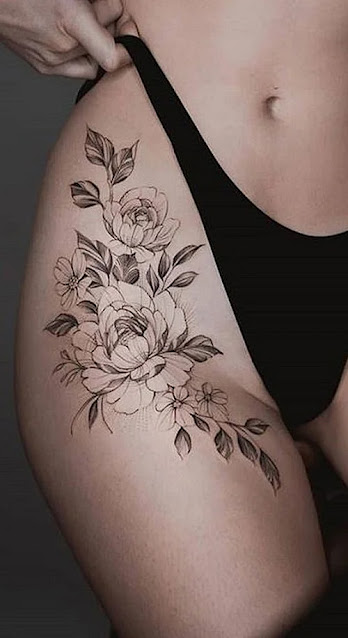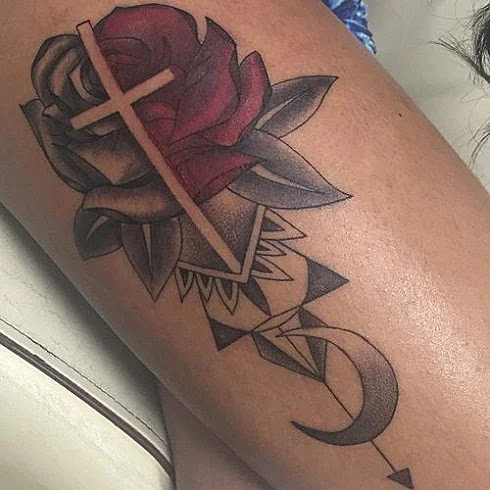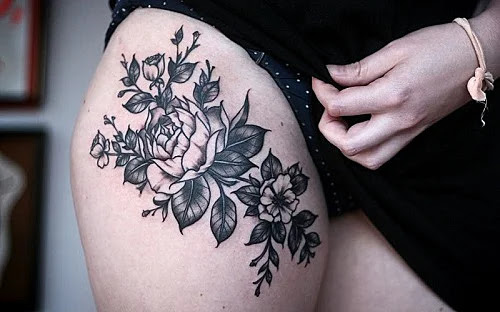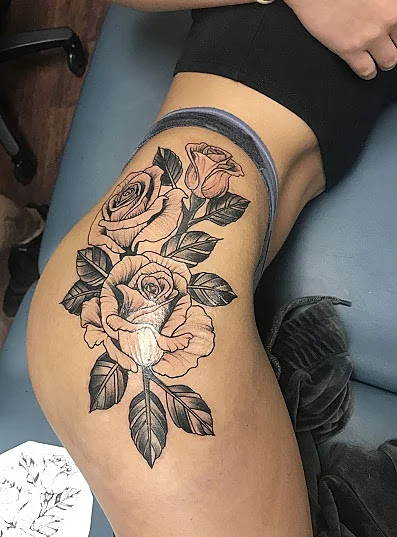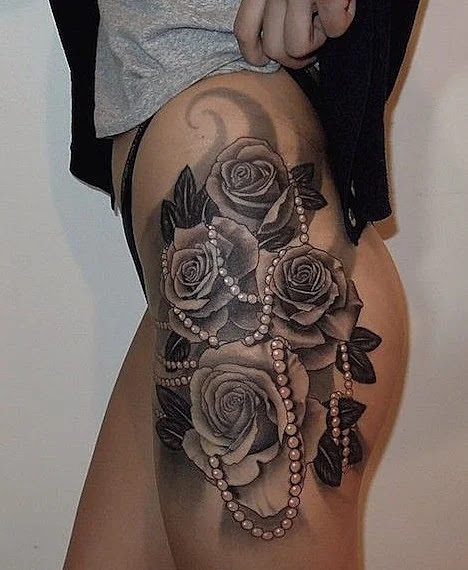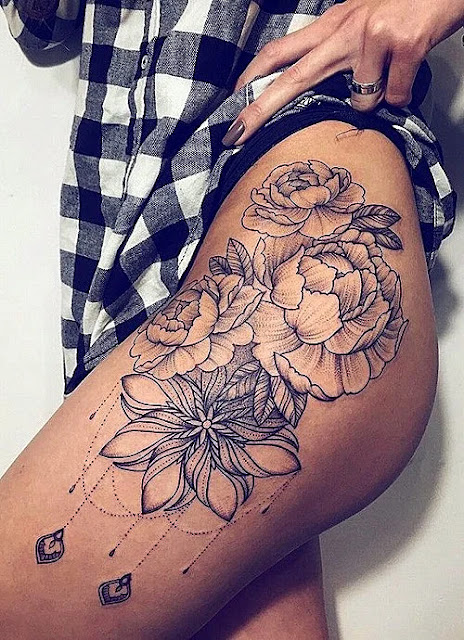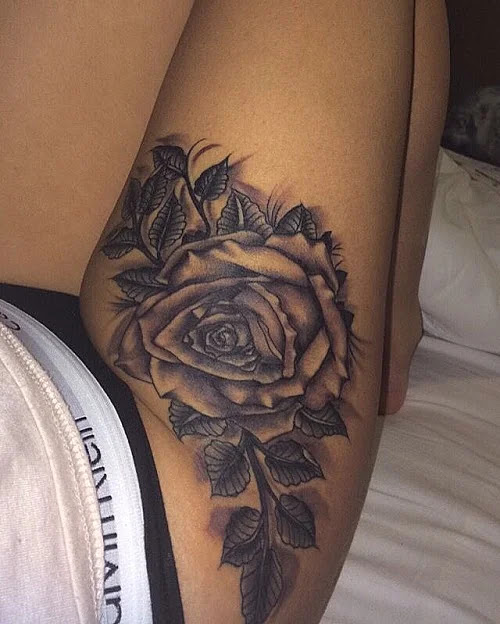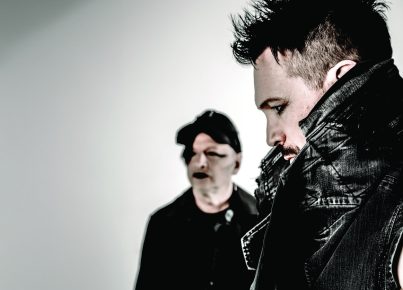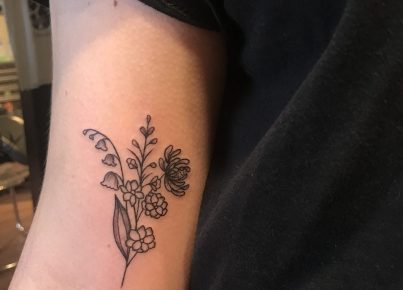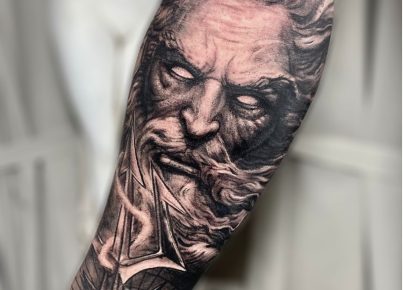tattoo removal snake tattoo wolf tattoo neck tattoos thigh tattoos american traditional tattoo
thigh tattoos for females
snake thigh tattoo
front thigh tattoos for females
dream catcher tattoo on thigh
thigh tattoos for black females
small thigh tattoos for females
#1: The Tattoo Machine
You may sometimes hear the machine used for tattooing referred to as a “g*un,” but most professionals cannot stand this term. You will make yourself look a lot better if you remember to call it a “tattoo machine.”
That machine itself is made up of many, many parts, although the one that is most often though about is the part that you actually hold in your hand. This is held almost like a pencil and contains the needles and ink that actually penetrate the skin. The needles are controlled by a foot pedal. When you push the pedal, electricity flows through the machine. This, in turn, activates a magnet at the end of the needle bar, causing it to be attracted upward.
When the bar is pulled up, it retracts the needles at the bottom, removing them from the skin. As soon as the needle bar reaches the top, however, the magnet releases, driving the needle bar and needles downward again and into the skin, along with the ink. This up-and-down motion is repeated dozens of times per minute and is what causes the buzzing sound you hear in a tattoo shop.
#2 Tattoo Ink
Special kinds of tattoo inks are used for tattooing, and they are usually purchased through a distributor that specializes in equipment for the tattoo industry. They come in practically any color you can imagine and different brands have different chemical makeups. It’s generally not possible to purchase every color of ink you are going to need when tattooing, so most artists buy a variety and then mix them together in small amounts to make custom colors for individual pieces of art.
The inks themselves are made up of pigments and carrier fluids. The fluids suspend the pigment so that it can be placed into the skin. Over the next couple of weeks, the fluid actually gets absorbed by the body, leaving the pigment behind permanently. Some tattoo artists even make their own ink by mixing pigments and carrier fluids, although, with the wide variety of inks available for tattooing today, this really isn’t necessary.
#3 Tattoo Design
Giving an overview of tattoo design is no easy task. There is so much involved that it can, and does, fill entire volumes. For those new to tattooing, however, there are a few basics to keep in mind when it comes to design.
Color: Some of the most striking tattoos utilize only black ink, while others use a whole range of colors. In order to create the best tattoos, an artist needs to have a good understanding of how colors work together, which look best on different skin types, and how to get the best quality from each color used.
Placement: Even the best tattoo will look “off” if it isn’t placed properly. This can mean taking its shape and size into consideration, as well as paying attention to the direction it’s facing and how it will look from various angles. If a tattoo looks great to the person wearing it, for example, but is skewed from the perspective of an observer, it is not well done.
Technique: There are all kinds of techniques used in tattooing that allow the artist to create any number of effects. Whether you want an image to appear to glow or for a section of skin to look like snakeskin, you will need to master the different techniques required to get the effect you’re looking for.
#4 Health Concerns in Tattooing
Because tattooing involves the practice of actually breaking the skin of a client, it is an inherently dangerous activity. Most of the time, there is blood involved, and that means that all kinds of blood-borne illnesses can be transmitted in the tattoo shop. A client’s blood could make its way into a cut on the artist’s hand, for example, or a di*rty needle used on two separate clients could transfer a disease from one to the other.
For these reasons, health and safety are major concerns in the tattooing world. Most equipment is not only cleaned, but also sterilized on a regular basis. Tattoo artists generally wear gloves while working, and many choose to wear glasses, as well. Left over inks are disposed of and not reused. The risk is so great, in fact, that tattoo shops must be certified and undergo health inspections. These are just a few of the precautions that are taken to ensure the safety of everyone involved.
Expecting your comments on the above articles : “The Four Corners of the Tattooing”.
Thanks for reading






